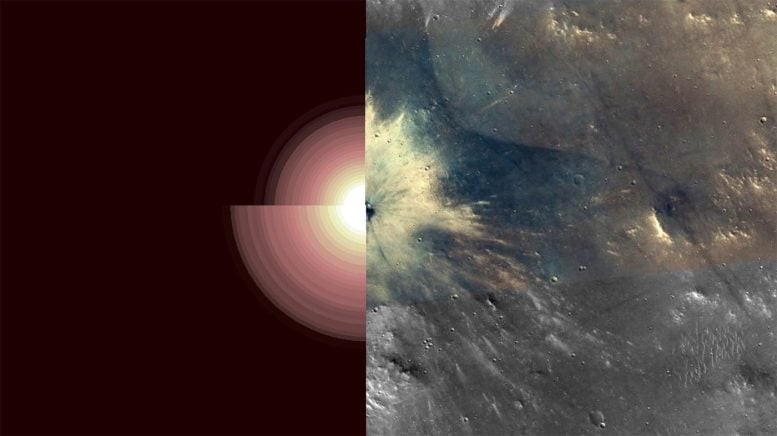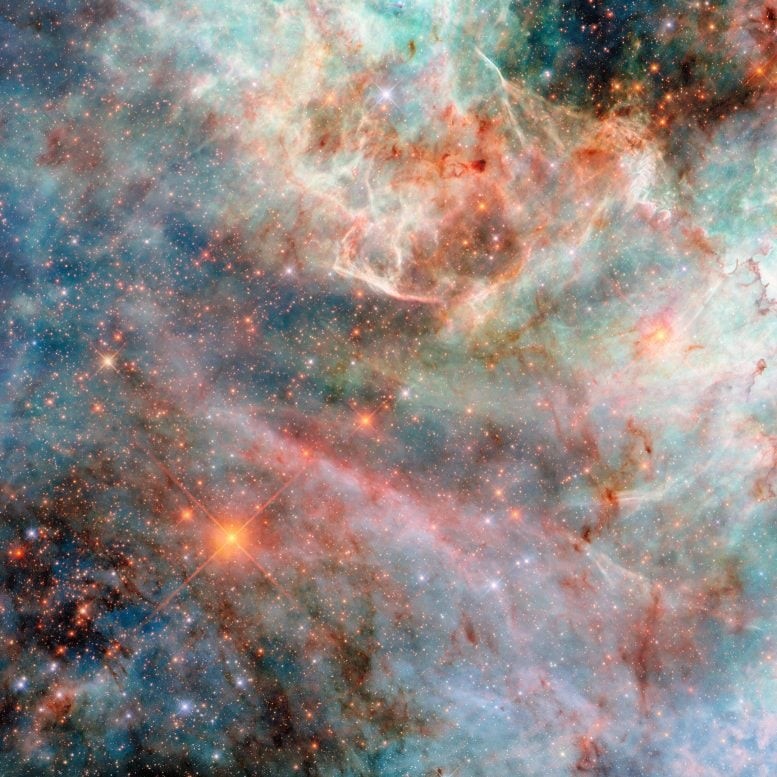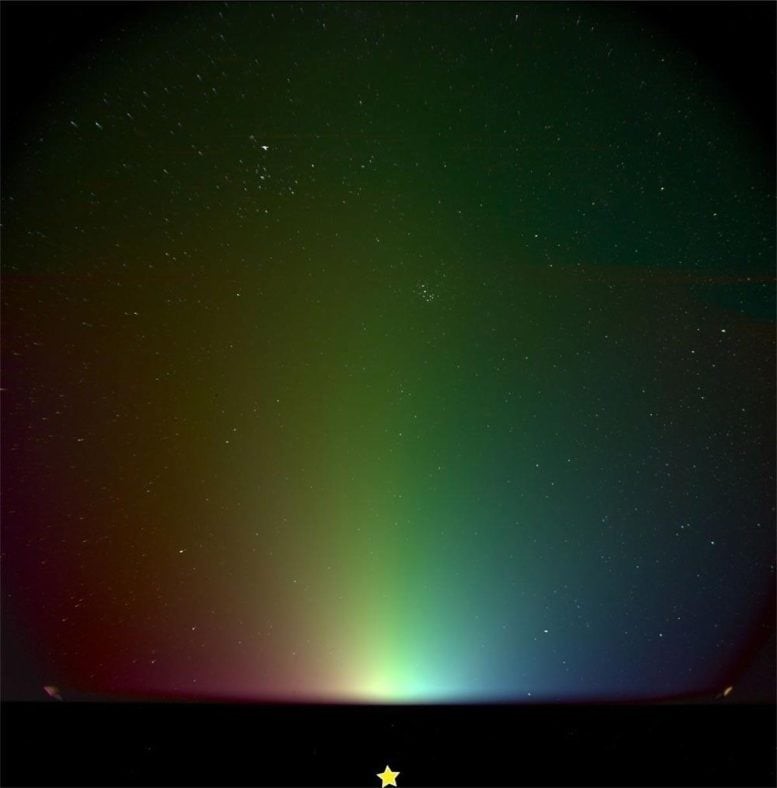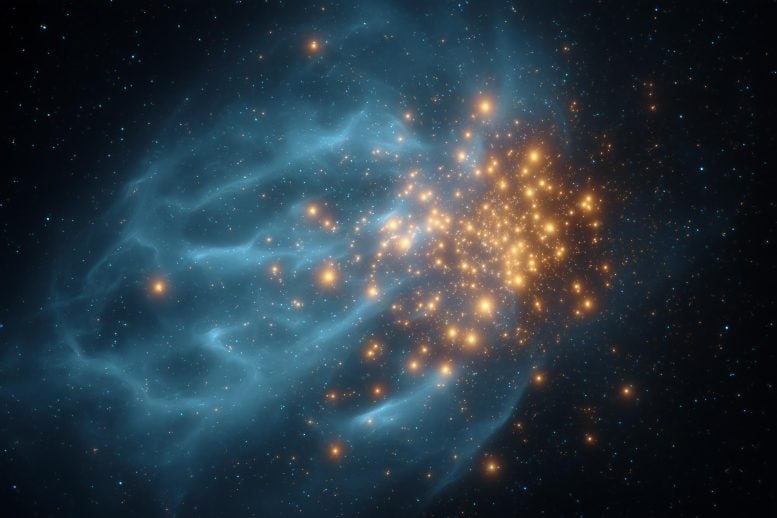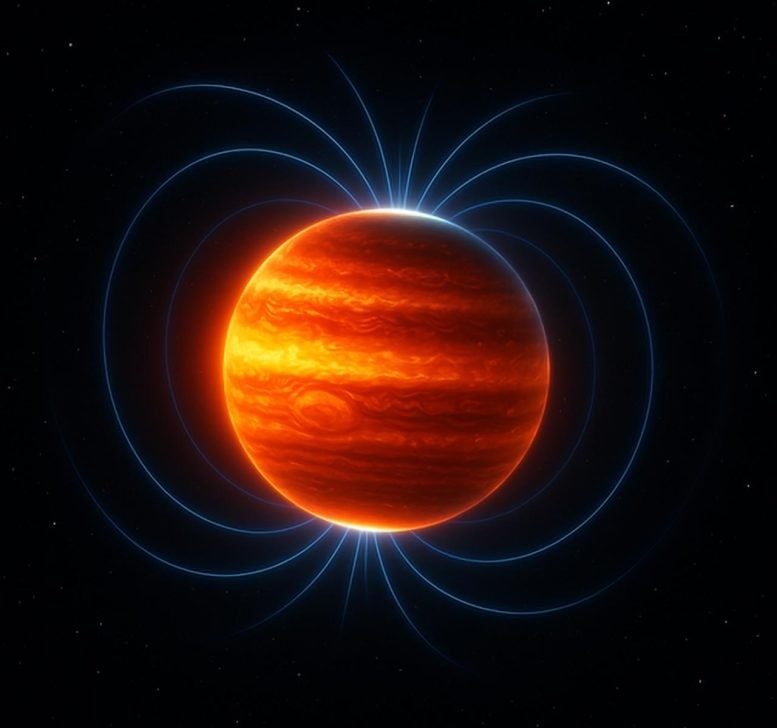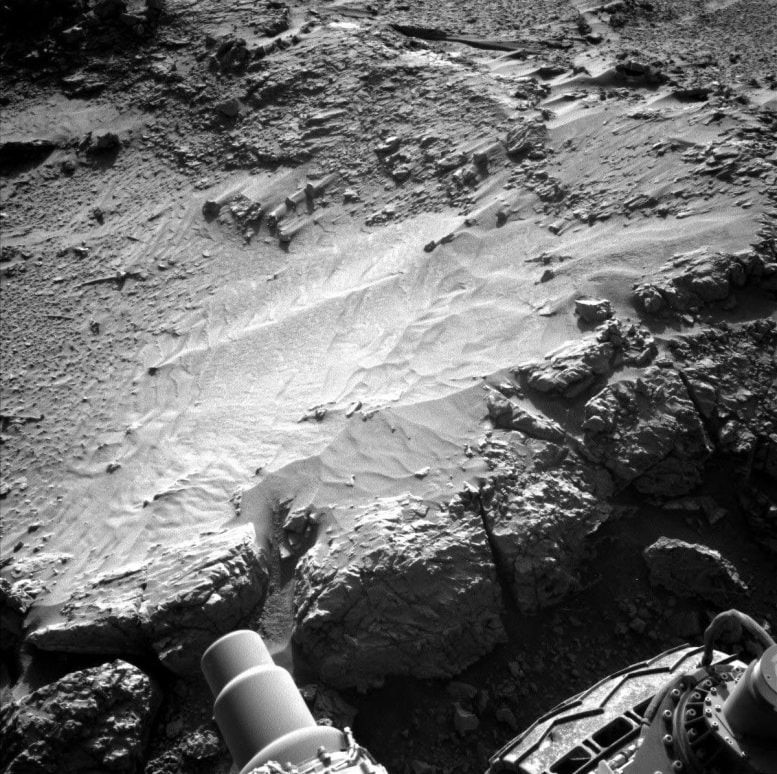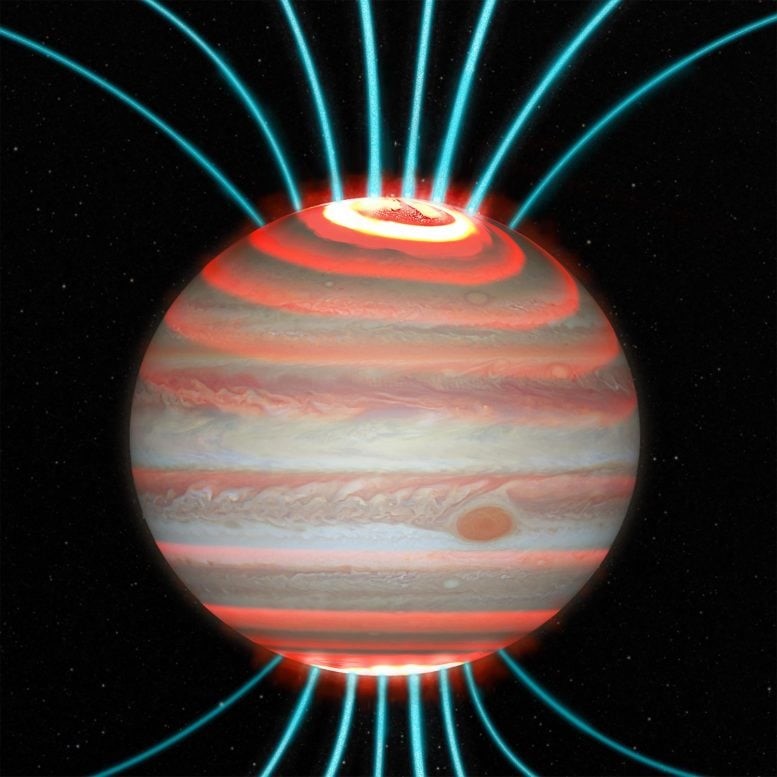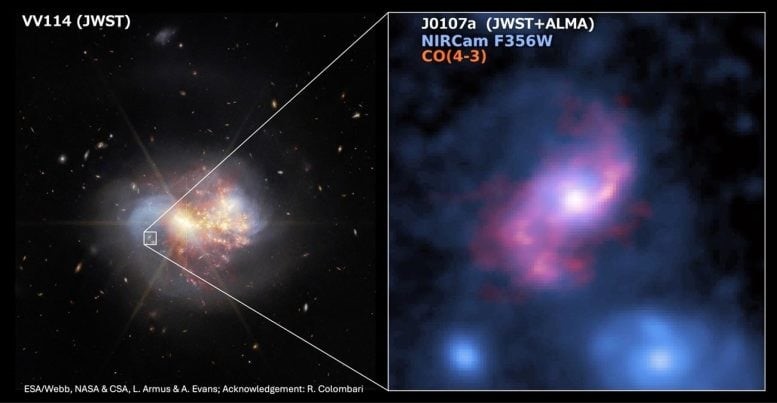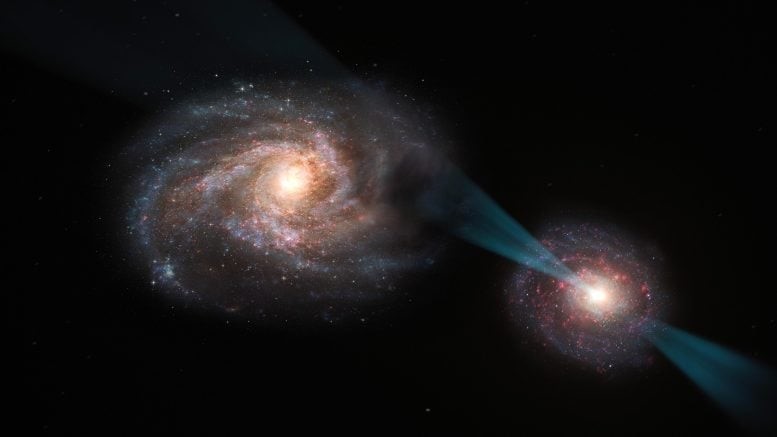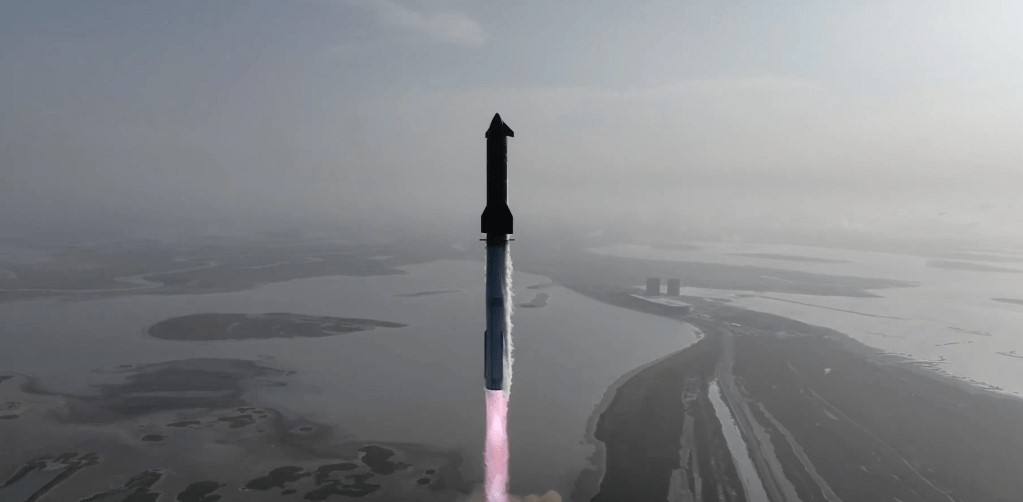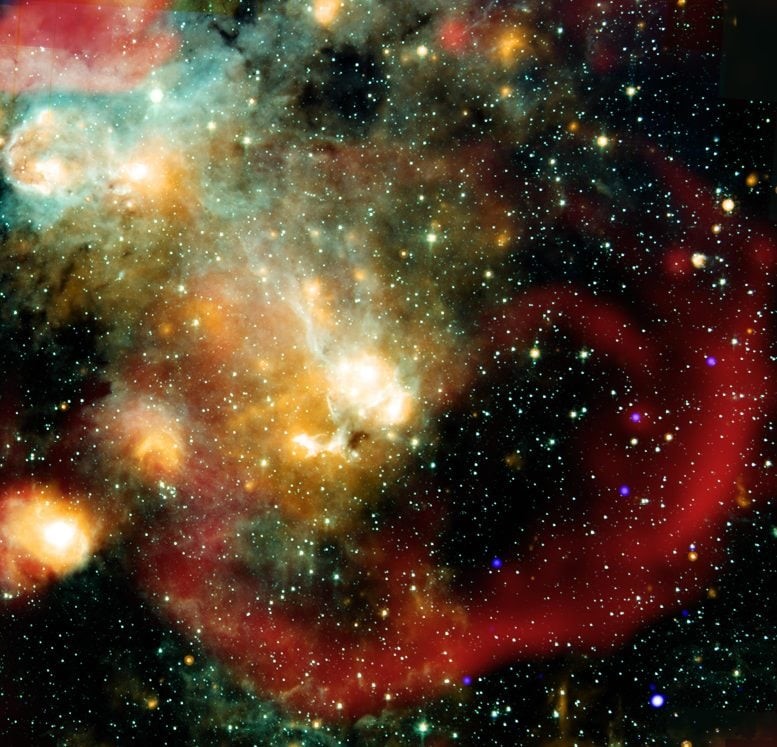Voyager 1’s Thrusters Reactivate After 20 Years — Right on Time
Reviving Voyager 1’s “Dead” Thrusters
In an impressive engineering achievement, NASA scientists at the Jet Propulsion Laboratory (JPL) in Southern California have successfully reactivated a set of thrusters on the Voyager 1 spacecraft that hadn’t fired since 2004. Considered inactive for nearly two decades, these thrusters were brought back to life through a combination of innovative problem-solving and calculated risk-taking. The team sought a dependable backup system, as the primary thrusters currently in use are showing signs of clogging from residue—potentially rendering them inoperable as soon as this fall.
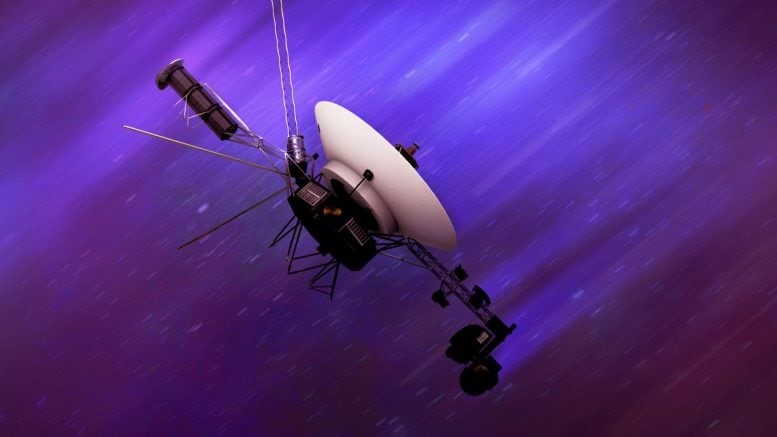
Figure 1. Voyager 1 Thrusters Fire Up Again After 20 Years — Just in Time.
The timing was crucial. NASA needed to restore these backup thrusters before May 4, when the powerful Earth-based antenna responsible for sending commands to Voyager 1 and its twin, Voyager 2, was scheduled to go offline for several months to undergo significant upgrades. Figure 1 shows Voyager 1 Thrusters Fire Up Again After 20 Years — Just in Time.
Navigating Interstellar Roll Control
Launched in 1977, both Voyager spacecraft are now cruising through interstellar space at speeds of about 35,000 miles per hour. To maintain communication with Earth, they rely on small thrusters to adjust their orientation, ensuring their antennas remain precisely aimed at our planet to send and receive signals.
Each Voyager is equipped with primary thrusters that manage movements in multiple directions, as well as separate thrusters dedicated to controlling a specific motion called roll. From Earth’s viewpoint, this roll resembles the antenna spinning like a vinyl record. This subtle rotation helps the spacecraft lock onto a guide star, maintaining proper alignment.
The spacecraft also carry backup thrusters specifically for roll control. Additionally, a third set of thrusters—originally used during their planetary flybys—was reactivated in 2018 and 2019. However, these thrusters cannot perform roll adjustments, which are essential for maintaining communication with Earth.
Thruster Failure and Backup Strategy
To address clogging in the thruster tubes, engineers alternate between the primary, backup, and trajectory thrusters on both Voyager spacecraft. However, Voyager 1’s primary roll thrusters ceased functioning in 2004 after losing power in two small internal heaters. Engineers concluded that the damaged heaters were likely beyond repair and decided to rely entirely on Voyager 1’s backup roll thrusters to keep the star tracker properly oriented.
“At that time, the team was comfortable with the primary roll thrusters being offline because they had a reliable backup,” said Kareem Badaruddin, Voyager mission manager at JPL, which oversees the mission for NASA. “Honestly, they probably didn’t expect the Voyagers to keep operating for another 20 years.”
New Theory Rekindles Old Hope
Without the ability to control the spacecraft’s roll motion, various problems could threaten the mission’s success. This prompted the engineering team to revisit the 2004 thruster failure. They began to suspect that an unexpected change or disturbance in the circuits powering the heaters had effectively flipped a switch to the wrong position. If they could reset the switch to its original state, the heaters might function again—allowing the primary roll thrusters to be reactivated and serve as a fallback should the backup roll thrusters used since 2004 become completely clogged.
Risky Restart Under Tight Timeline
The solution involved careful problem-solving. The team needed to power up the dormant roll thrusters and attempt to repair and restart the heaters. During this process, if the spacecraft’s star tracker drifted too far from the guide star, the long-unused roll thrusters would automatically activate—thanks to the spacecraft’s built-in programming. However, if the heaters were still off when the thrusters fired, it could cause a small explosion. This meant the team had to ensure the star tracker remained as precisely aligned as possible throughout the procedure.
Why Only One Antenna Could Save the Day
The team was in a race against time, facing added pressure because from May 4, 2025, through February 2026, Deep Space Station 43 (DSS-43)—a massive 230-foot (70-meter) antenna in Canberra, Australia, and part of NASA’s Deep Space Network—would be offline for most of that period while undergoing upgrades, with only brief windows of operation in August and December.
While the Deep Space Network consists of three complexes spaced evenly around the globe—in Goldstone, California; Madrid, Spain; and Canberra—to maintain continuous contact with spacecraft as Earth rotates, DSS-43 is the only antenna powerful enough to send commands to the Voyager spacecraft.
“These antenna upgrades are critical for future crewed lunar landings and also expand communication capacity for our deep space science missions, some of which build on Voyager’s discoveries,” said Suzanne Dodd, Voyager project manager and director of the Interplanetary Network at JPL, which operates the Deep Space Network for NASA. “We’ve faced similar downtime before, so we’re preparing as thoroughly as possible.”
A 20-Year-Old Long Shot Pays Off
The careful preparations paid off: on March 20, the team watched as the spacecraft successfully executed their commands. Due to Voyager’s immense distance, the radio signal took over 23 hours to travel back to Earth—meaning everything they observed had actually happened nearly a day earlier. Had the test failed, Voyager’s mission could have been at serious risk. But within 20 minutes, the team saw the thruster heaters’ temperature rise sharply, confirming their success.
“It was such a glorious moment. Team morale was very high that day,” said Todd Barber, the mission’s propulsion lead at JPL. “These thrusters were considered dead, and that was a reasonable conclusion. But one of our engineers had the insight that there might be another possible cause—and it was fixable. It was yet another miracle save for Voyager.”
Reference:
- https://scitechdaily.com/voyager-1s-long-dead-thrusters-fire-again-after-20-years-just-in-time/
Cite this article:
Priyadharshini S (2025), Voyager 1’s Thrusters Reactivate After 20 Years — Right on Time, AnaTechMaz, pp.364


